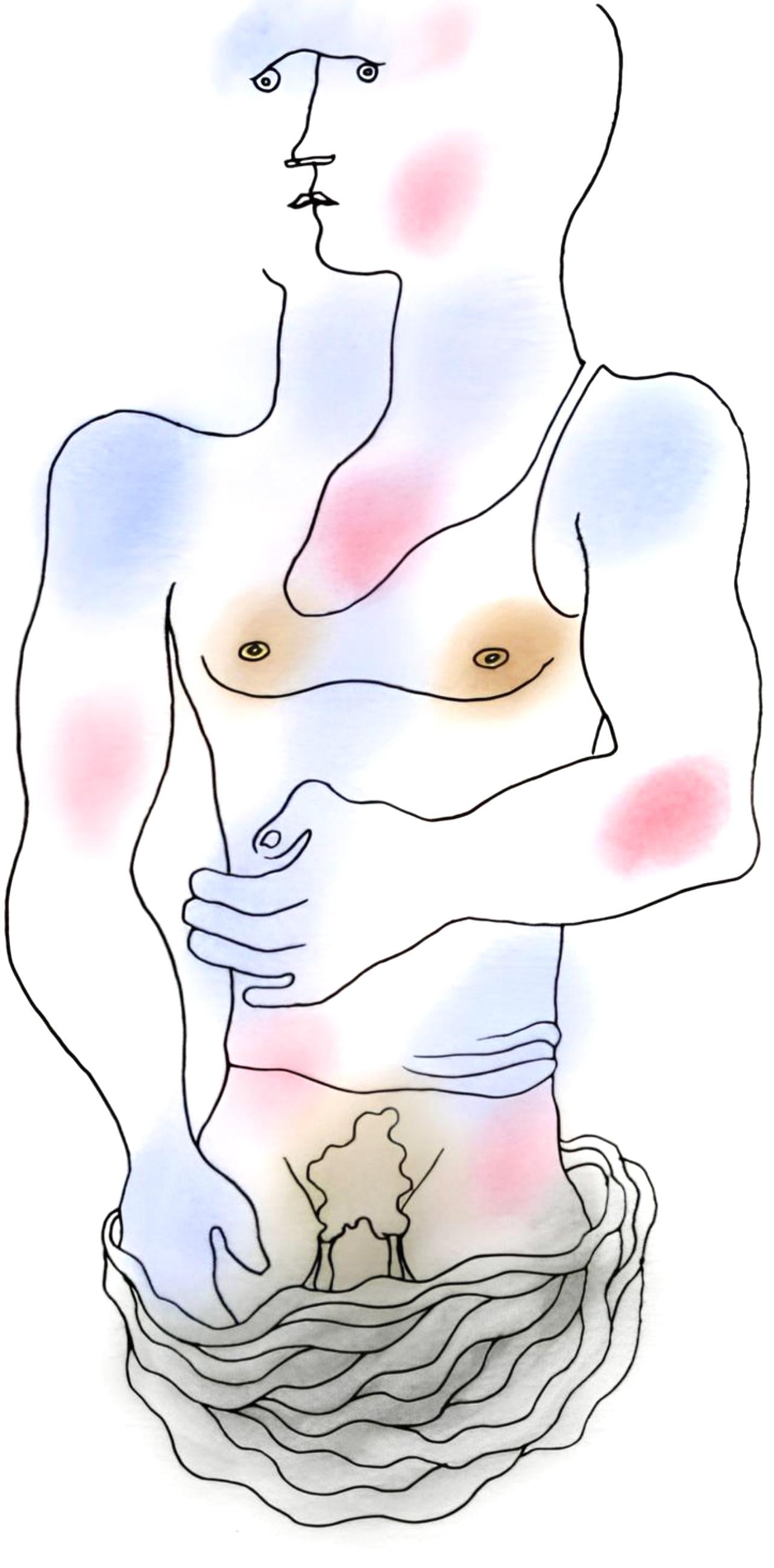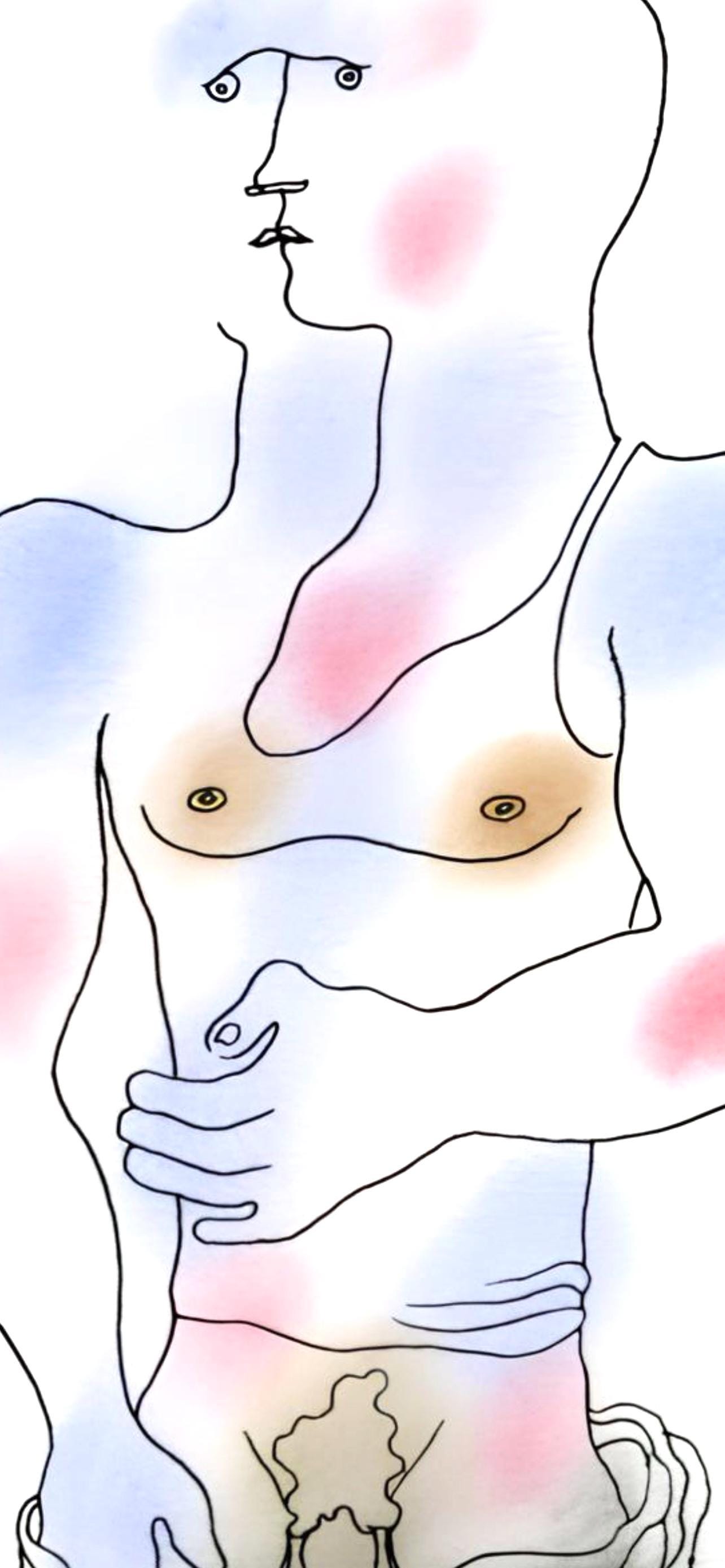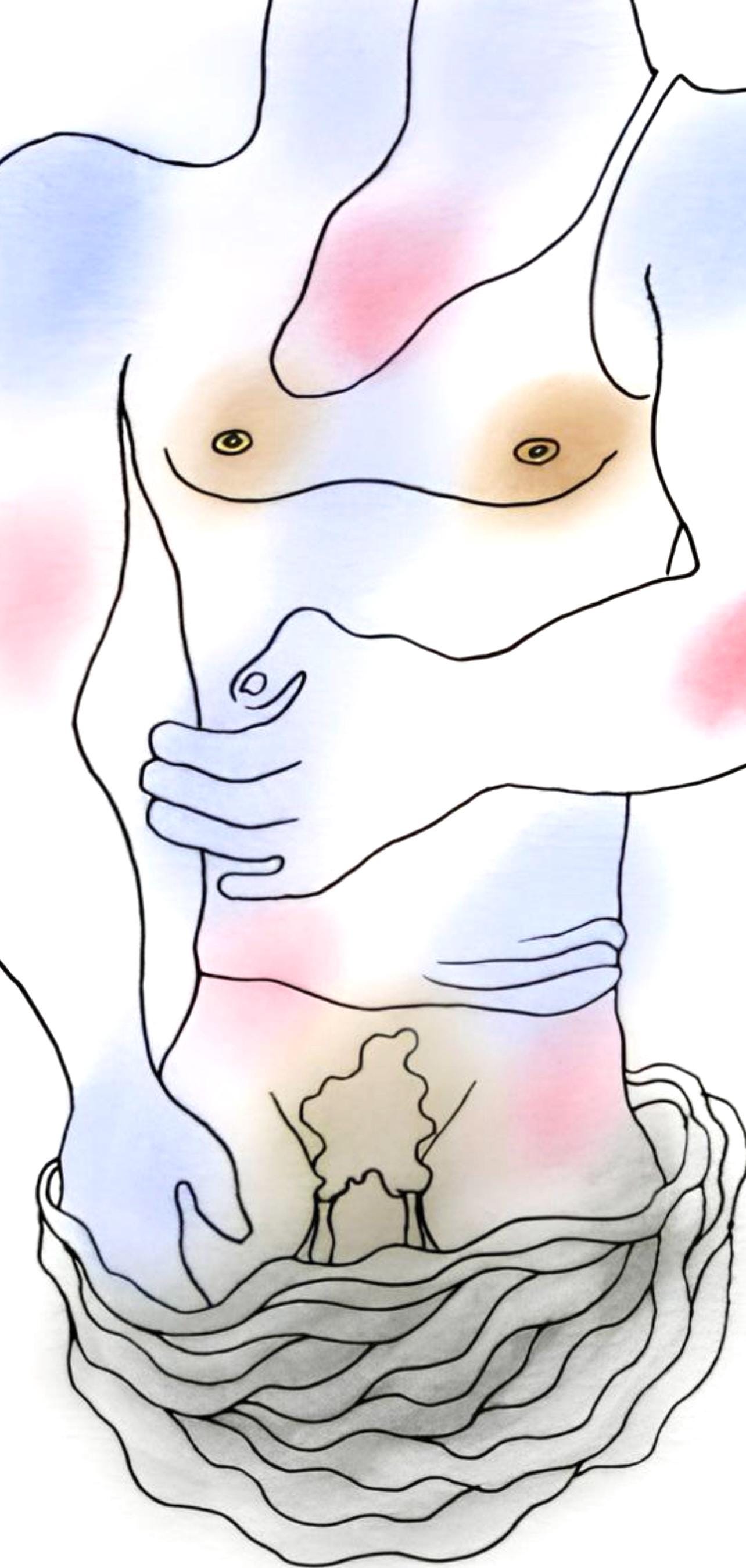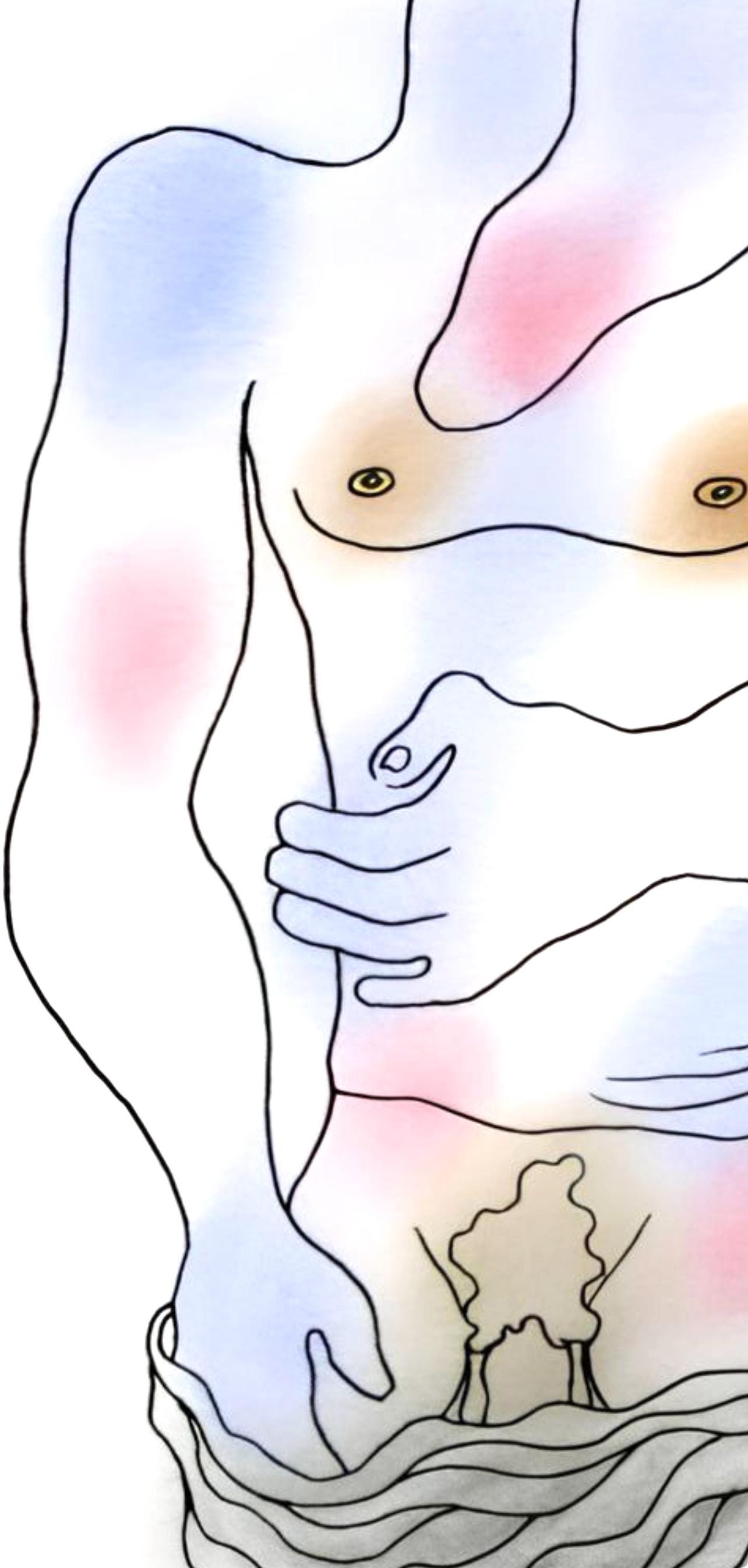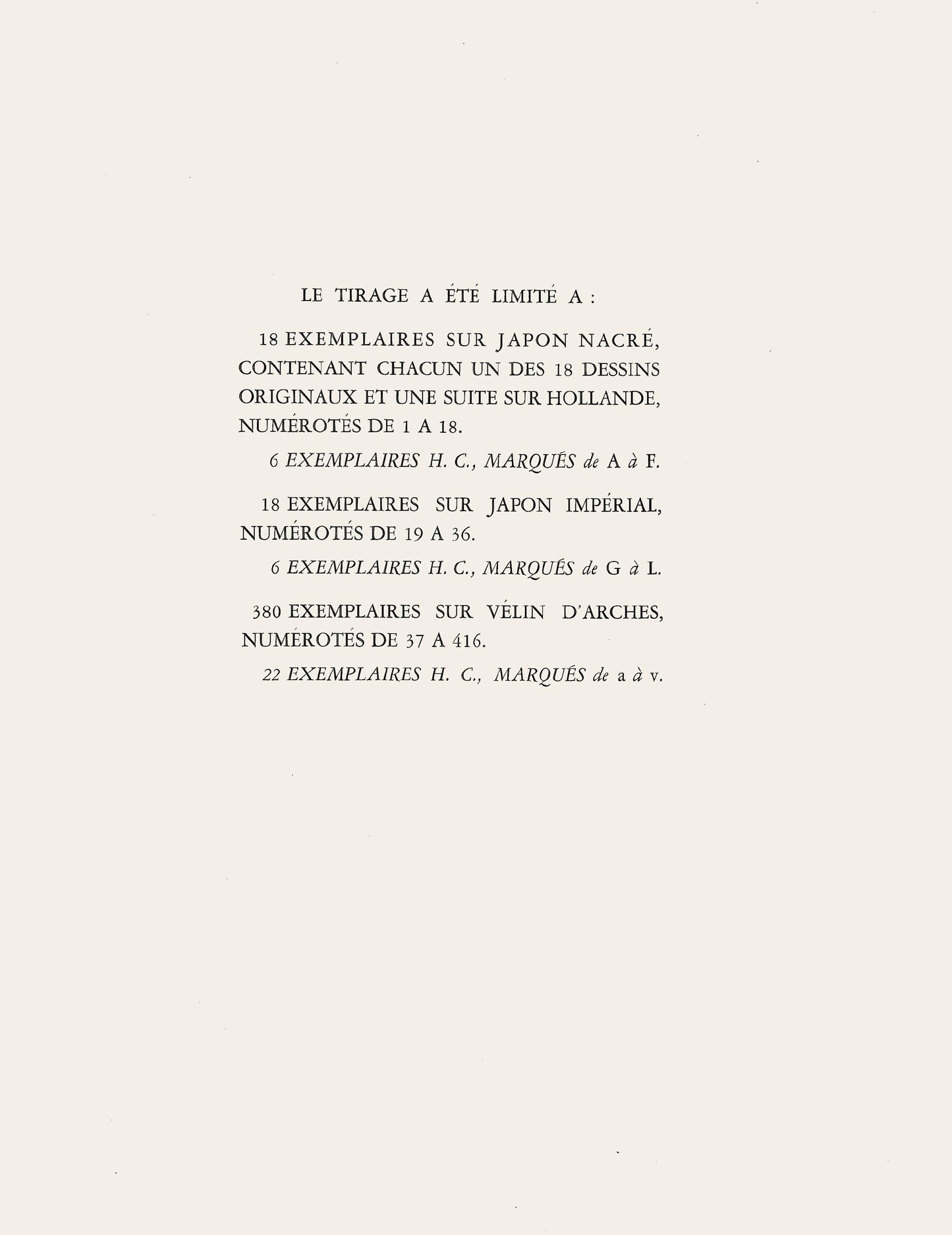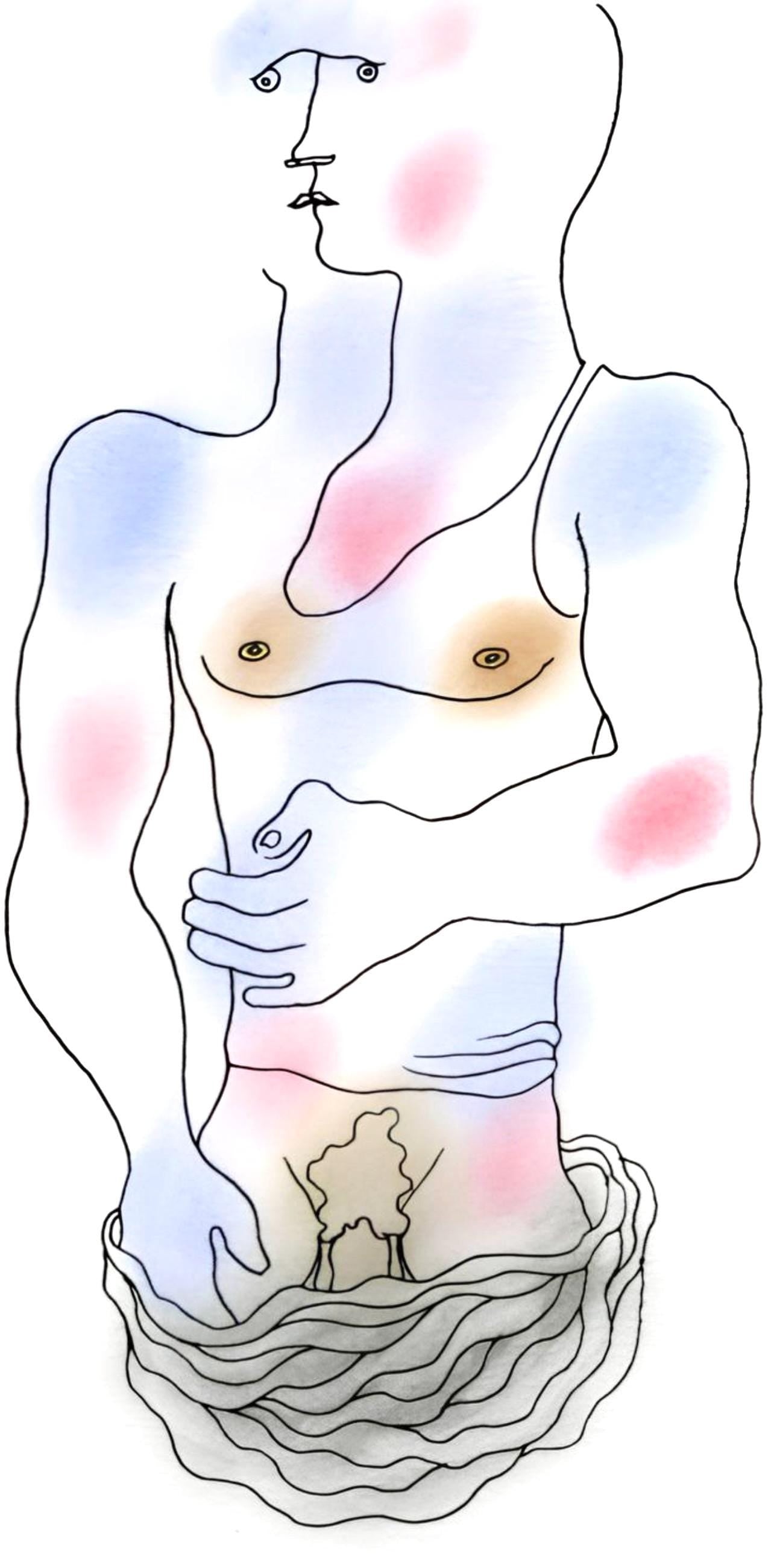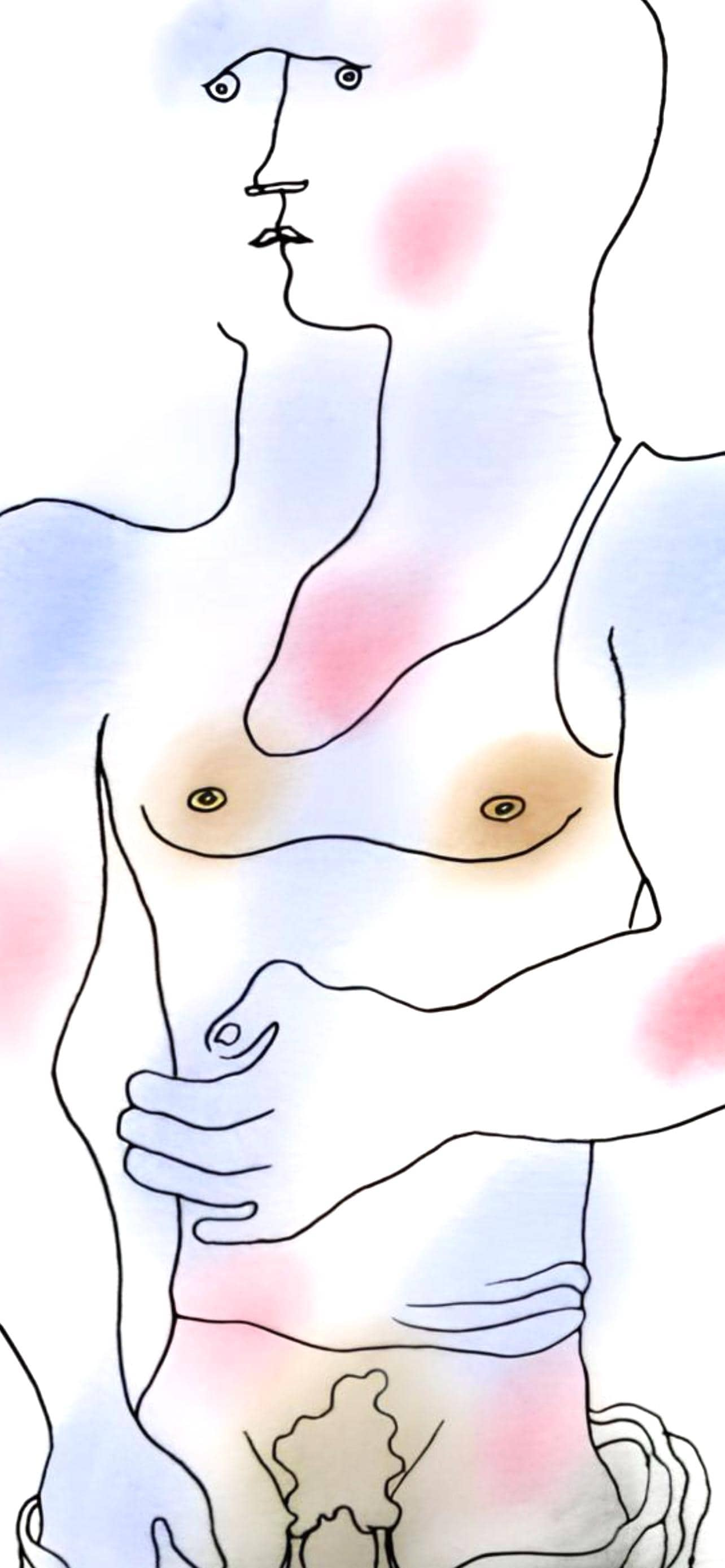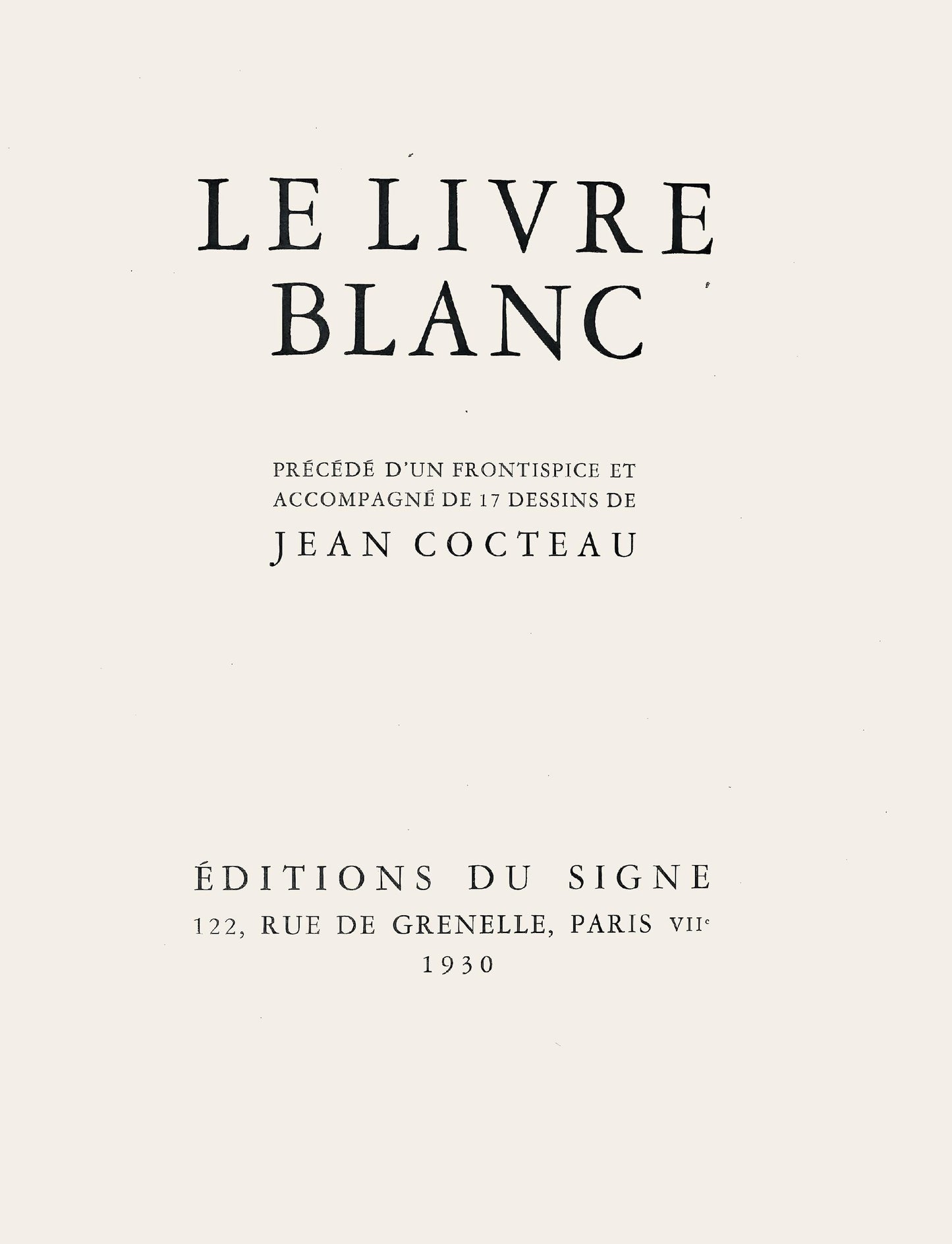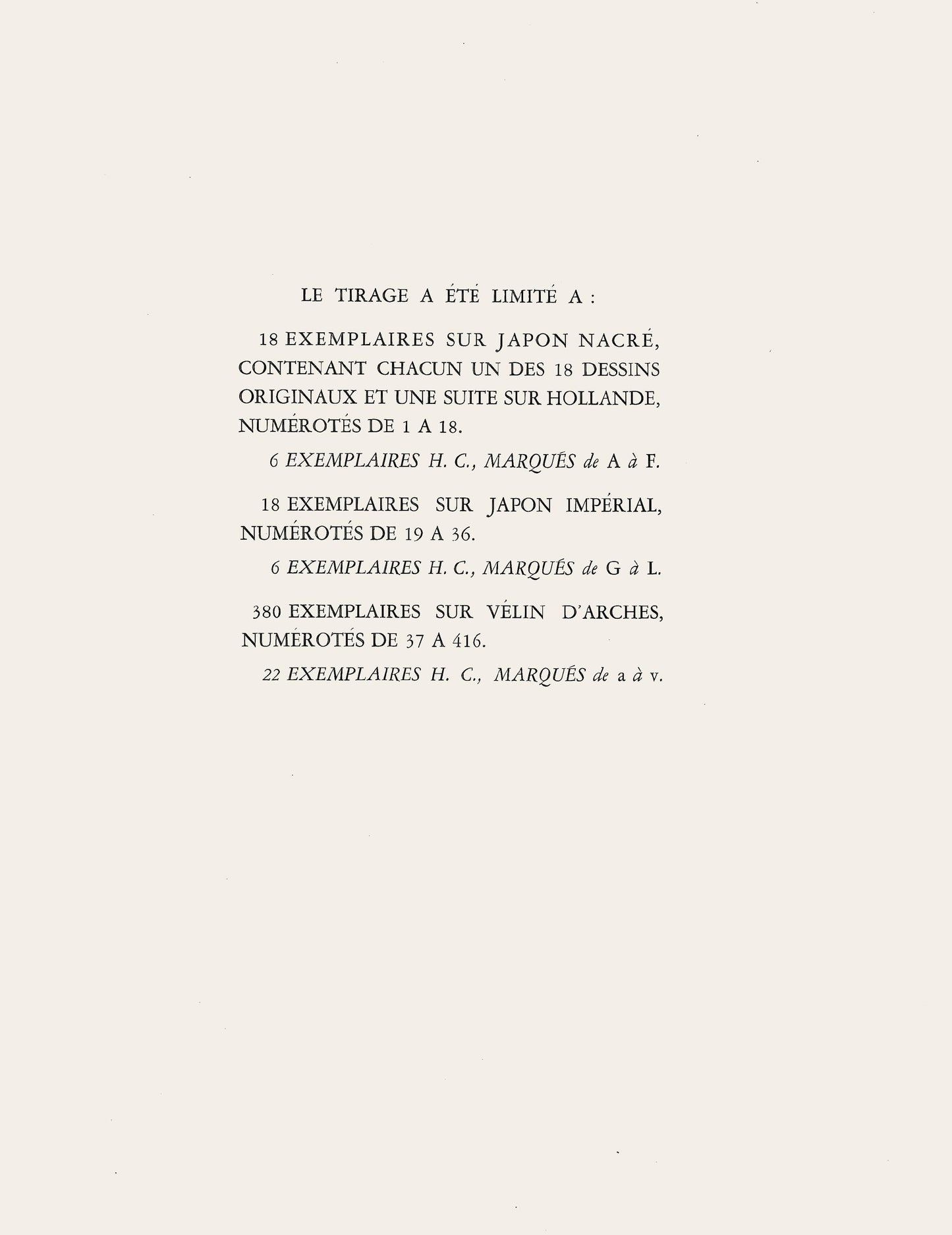1
/
of
16
Auction Ended: August 15, 2025
Post-Auction Sale Ends in:
Jean Cocteau, Composition, Le Livre Blanc, Lithograph
Jean Cocteau, Composition, Le Livre Blanc, Lithograph
Regular price
$2,924.90 USD
Regular price
$0.00 USD
Sale price
$2,924.90 USD
Unit price
/
per
Couldn't load pickup availability
Condition: Pre-Owned
Lithograph and stencil with hand coloring on vlin d'Arches paper. Paper size: 11.8125 x 9.0625 inches. Excellent condition. Inscription: unsigned and unnumbered, as issued. Notes: from the folio, Le Livre blanc, prcd d'un frontispice et accompagn de 17 dessins de Jean Cocteau, 1930. Published by ditions du Signe, Paris; printed by Maties-Imprimeurs, Ducros et Colas, Paris; hand colored by M.B. Armington (a probable pseudonym of Jean Cocteau), Paris, May 10, 1930. Excer......
Lithograph and stencil with hand coloring on vlin d'Arches paper. Paper size: 11.8125 x 9.0625 inches. Excellent condition. Inscription: unsigned and unnumbered, as issued. Notes: from the folio, Le Livre blanc, prcd d'un frontispice et accompagn de 17 dessins de Jean Cocteau, 1930. Published by ditions du Signe, Paris; printed by Maties-Imprimeurs, Ducros et Colas, Paris; hand colored by M.B. Armington (a probable pseudonym of Jean Cocteau), Paris, May 10, 1930. Excer......
Condition: Pre-Owned
Lithograph and stencil with hand coloring on vlin d'Arches paper. Paper size: 11.8125 x 9.0625 inches. Excellent condition. Inscription: unsigned and unnumbered, as issued. Notes: from the folio, Le Livre blanc, prcd d'un frontispice et accompagn de 17 dessins de Jean Cocteau, 1930. Published by ditions du Signe, Paris; printed by Maties-Imprimeurs, Ducros et Colas, Paris; hand colored by M.B. Armington (a probable pseudonym of Jean Cocteau), Paris, May 10, 1930. Excerpted from the folio (translated from French), This album, whose drawings have been entirely colored by hand by M.B. Armington, an artist-painter, was completed to print on May 10, 1930, by Ducros and Colas, Maties-Imprimeurs in Paris. The draw has been limited to: XVIII examples on japon nacre, each containing one of the XVIII original drawings and a suite on Hollande, numbered from I to XVIII; VI examples, H.C., marked from A to F; XVIII examples on japon imperial, numbered from XIX to XXXVI; VI examples, H.C., marked from G to L; CCCLXXX examples on velin d'Arches, numbered from XXXVII to CDXVI; XXII examples, H.C., marked from A to V.
A BRIEF HISTORY OF LE LIVRE BLANC: Excerpted from the Royal Library of the Netherlands, The first edition of Le livre blanc appeared in 1928, under the copyright of Maurice Sachs and Jacques Bonjean in Paris. Pascal Pia, the author of a bibliography of the erotic collection of the Bibliothque nationale de France, wrote that the editors received the book without its creators name or address. But Pia recognized the names of Sachs and Bonjean in the initials on the title page, making this an official publication of Les Quatre Chemins, which had already published another book by Cocteau that same year: Le mystre lac. (Cocteau had a hard time with Sachs; Sachs had for instance sold Cocteau's library.) Both gentlemen also played dumb by claiming not to know the author, while the colophon informs us that 10 copies had been reserved for the author, while the total edition consisted of only 31 copies. Pia's suspicions were justified, and after publication, neither Sachs nor Cocteau were very discrete about their involvement. The second edition followed in 1930 under a pseudonym imprint: Editions du Signe, printed on 10 May 1930 by Ducros and Colas in Paris. The drawings were hand-coloured by M.B. Armington. Cocteau wrote Le livre blanc in 1927 in Chablis, where he was staying with Jean Desbordes, the successor to Cocteau's great love. Cocteau's drawings have been described as obscenely pious. They are established by quick, flowing lines, partially erotic and often sultry, featuring classical elements such as busts and centaurs. Erotic images were popular articles in France, where they were sold under the counter; people were extra careful about homosexual erotica. Cocteau described his first sexual experiences in Le livre blanc: his excitement upon seeing a naked peasant boy on horseback and two naked young gypsies on his father's estate. He also wrote about his father, in whom he recognized a homosexual inclination. Some scenes in Le livre blanc refer to Cocteau's love for Desbordes, others to the adventures of Maurice Sachs. Neither man was to survive World War II: Desbordes was tortured to death by the Gestapo, while Maurice Sachs played an enigmatic double role during the war, and subsequently disappeared.
JEAN COCTEAU (18891963) was a French poet, playwright, novelist, designer, film director, visual artist and critic. He was one of the foremost artists of the surrealist, avant-garde, and Dadaist movements and an influential figure in early 20th century art. The National Observer suggested that, "of the artistic generation whose daring gave birth to Twentieth Century Art, Cocteau came closest to being a Renaissance man."
Product Disclaimer: Please review the full description and photos. Lithographs may be plate-signed, hand-signed, or slab-signed and can include a COA (see images); edition numbers shown may vary from the one shipped. Pricing reflects signature type—hand-signed pieces carry a premium and are clearly labeled. 'After' or 'nach' indicates an authorised lithographic reproduction in the style of the named artist, not a unique original. For inquiries, please reach out to support@seuyco.com. By registering for or placing a bid in any SEUYCO auction, you confirm that you have read, understood, and agree to our Shipping, Payment, and Auction Policies.
Lithograph and stencil with hand coloring on vlin d'Arches paper. Paper size: 11.8125 x 9.0625 inches. Excellent condition. Inscription: unsigned and unnumbered, as issued. Notes: from the folio, Le Livre blanc, prcd d'un frontispice et accompagn de 17 dessins de Jean Cocteau, 1930. Published by ditions du Signe, Paris; printed by Maties-Imprimeurs, Ducros et Colas, Paris; hand colored by M.B. Armington (a probable pseudonym of Jean Cocteau), Paris, May 10, 1930. Excerpted from the folio (translated from French), This album, whose drawings have been entirely colored by hand by M.B. Armington, an artist-painter, was completed to print on May 10, 1930, by Ducros and Colas, Maties-Imprimeurs in Paris. The draw has been limited to: XVIII examples on japon nacre, each containing one of the XVIII original drawings and a suite on Hollande, numbered from I to XVIII; VI examples, H.C., marked from A to F; XVIII examples on japon imperial, numbered from XIX to XXXVI; VI examples, H.C., marked from G to L; CCCLXXX examples on velin d'Arches, numbered from XXXVII to CDXVI; XXII examples, H.C., marked from A to V.
A BRIEF HISTORY OF LE LIVRE BLANC: Excerpted from the Royal Library of the Netherlands, The first edition of Le livre blanc appeared in 1928, under the copyright of Maurice Sachs and Jacques Bonjean in Paris. Pascal Pia, the author of a bibliography of the erotic collection of the Bibliothque nationale de France, wrote that the editors received the book without its creators name or address. But Pia recognized the names of Sachs and Bonjean in the initials on the title page, making this an official publication of Les Quatre Chemins, which had already published another book by Cocteau that same year: Le mystre lac. (Cocteau had a hard time with Sachs; Sachs had for instance sold Cocteau's library.) Both gentlemen also played dumb by claiming not to know the author, while the colophon informs us that 10 copies had been reserved for the author, while the total edition consisted of only 31 copies. Pia's suspicions were justified, and after publication, neither Sachs nor Cocteau were very discrete about their involvement. The second edition followed in 1930 under a pseudonym imprint: Editions du Signe, printed on 10 May 1930 by Ducros and Colas in Paris. The drawings were hand-coloured by M.B. Armington. Cocteau wrote Le livre blanc in 1927 in Chablis, where he was staying with Jean Desbordes, the successor to Cocteau's great love. Cocteau's drawings have been described as obscenely pious. They are established by quick, flowing lines, partially erotic and often sultry, featuring classical elements such as busts and centaurs. Erotic images were popular articles in France, where they were sold under the counter; people were extra careful about homosexual erotica. Cocteau described his first sexual experiences in Le livre blanc: his excitement upon seeing a naked peasant boy on horseback and two naked young gypsies on his father's estate. He also wrote about his father, in whom he recognized a homosexual inclination. Some scenes in Le livre blanc refer to Cocteau's love for Desbordes, others to the adventures of Maurice Sachs. Neither man was to survive World War II: Desbordes was tortured to death by the Gestapo, while Maurice Sachs played an enigmatic double role during the war, and subsequently disappeared.
JEAN COCTEAU (18891963) was a French poet, playwright, novelist, designer, film director, visual artist and critic. He was one of the foremost artists of the surrealist, avant-garde, and Dadaist movements and an influential figure in early 20th century art. The National Observer suggested that, "of the artistic generation whose daring gave birth to Twentieth Century Art, Cocteau came closest to being a Renaissance man."
Product Disclaimer: Please review the full description and photos. Lithographs may be plate-signed, hand-signed, or slab-signed and can include a COA (see images); edition numbers shown may vary from the one shipped. Pricing reflects signature type—hand-signed pieces carry a premium and are clearly labeled. 'After' or 'nach' indicates an authorised lithographic reproduction in the style of the named artist, not a unique original. For inquiries, please reach out to support@seuyco.com. By registering for or placing a bid in any SEUYCO auction, you confirm that you have read, understood, and agree to our Shipping, Payment, and Auction Policies.
+ Read More

